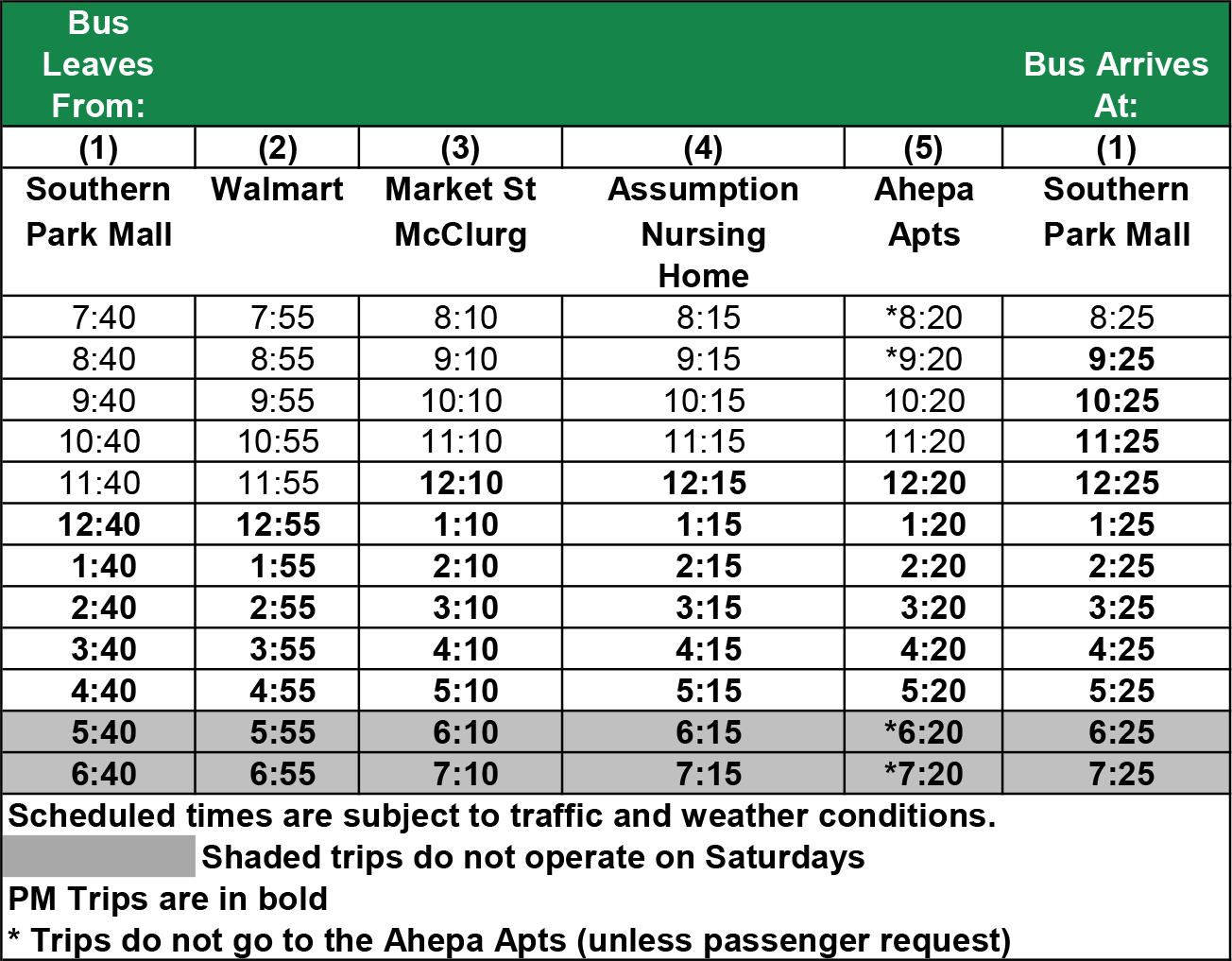Navigating the world of public transportation can feel daunting, especially when deciphering bus schedules. Here are seven essential facts to help you make the most of your bus transportation experience:
- Schedules are Not Always Exact: This is the most fundamental fact. While bus schedules are designed to be accurate, unforeseen circumstances like traffic, weather conditions, and unexpected delays can impact arrival and departure times. Always factor in a buffer, especially if you have a tight connection or an important appointment.
- Understanding Time Points is Key: Bus schedules usually highlight specific locations as “time points.” These are key stops along the route where the bus is scheduled to arrive at a particular time. Use these time points to gauge the overall progress of the bus and estimate when it will reach your desired stop.
- Different Days, Different Schedules: Weekend and holiday schedules often differ significantly from weekday schedules. Always double-check the schedule for the specific day you plan to travel. Many transit agencies provide separate schedules or indicate variations for these days clearly.
- Real-Time Tracking is Your Best Friend: In today’s digital age, many bus systems offer real-time tracking via websites or mobile apps. These tools allow you to see the actual location of the bus and its estimated time of arrival, offering a much more accurate picture than relying solely on the printed schedule.
- Paper Schedules Can Be Your Lifeline: While digital tracking is convenient, having a physical copy of the schedule can be incredibly helpful, especially if you’re in an area with limited internet access or during a power outage. Pick them up at transit hubs, libraries, or community centers.
- “Flag Stops” Offer Flexibility: Some routes, particularly in less densely populated areas, operate with “flag stops.” These are unmarked locations where the bus will stop if a passenger is visibly waiting. Learn if your route includes flag stops and familiarize yourself with their general location.
- Understanding Schedule Symbols and Abbreviations: Bus schedules often use symbols and abbreviations to convey important information. Common examples include symbols indicating wheelchair accessibility, reserved seating, or abbreviations for specific destinations.
By understanding these seven key facts about bus schedule for bus, you can navigate the system with confidence and minimize potential disruptions to your travel plans. Remember to plan ahead, utilize available resources, and be prepared for the unpredictable nature of public transportation. Happy riding!
